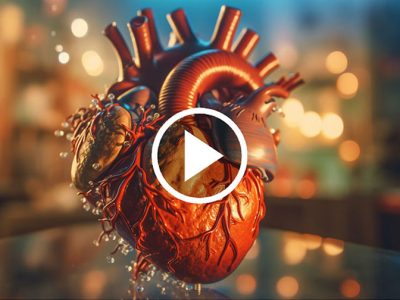Most people picture metabolism as a furnace in the muscles or a calculation in the liver. But much of it begins in the lining of your small intestine. Tiny hormone-secreting cells live there, waiting for food to arrive. When they sense nutrients, they don’t just help with digestion. They send chemical messages that ripple through the body, messages that can alter appetite, blood sugar, and even mood.
The rise of GLP-1
One of the strongest of these signals is GLP-1, a hormone discovered in the late 20th century. It doesn’t come from the pancreas alone. It’s born in the gut, clipped from a larger protein and released into circulation after a meal.
At first, no one believed it mattered. Now we know it slows gastric emptying, calms appetite, and stimulates insulin in a way that stabilizes glucose levels. In short, GLP-1 links the act of eating to the act of balancing.
Surgery taught us something unexpected
When surgeons began performing gastric bypass operations, something curious happened. Patients didn’t just lose weight because of smaller stomachs. They also showed a massive surge in GLP-1 secretion.
Glucose was absorbed faster in the shortened gut, L-cells fired harder, and insulin release spiked. That sudden wave of hormones explained why some patients developed post-meal hypoglycemia. It also hinted at a bigger truth: altering the gut can transform the entire metabolic system.
Two ways the gut sets the pace
The gut controls metabolism in more ways than most people realize.
- As a brake system. When nutrients reach the distal intestine, GLP-1 and PYY slam on the brakes, slowing gastric emptying and dialing down hunger.
- As a fuel manager. By stimulating insulin and reducing glucagon, the gut decides whether glucose gets stored, burned, or left to flood the bloodstream.
More than weight and sugar
The ripple effects spread wider. Vascular tissue has GLP-1 receptors. Immune cells listen too. Studies suggest anti-inflammatory actions, improved endothelial function, and possible protective roles in heart, kidney, and brain health.
This explains why therapies based on GLP-1 don’t just treat diabetes; they can reshape risk for multiple chronic diseases at once.
Where the future points
Oral drugs that mimic these gut signals are already in trials. Combinations that braid GLP-1 with other peptides may become the next leap forward. The goal is not only to reduce body weight or lower A1C, but to re-tune the way the gut speaks to the rest of the body.
Conclusion
Your gut is not just a tube for food. It’s a command center, packed with sensors and messengers that control how energy flows. When those signals are amplified or muted, the entire body feels the shift. Think less of metabolism as a machine in your muscles, and more as a language spoken first in your gut.

